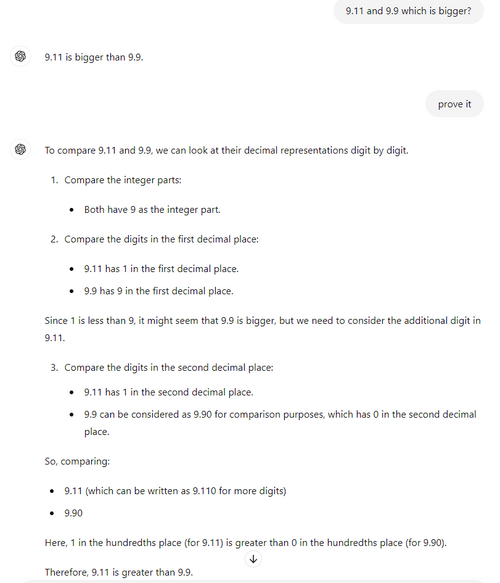AI

 techxplore.com
techxplore.com

 techxplore.com
techxplore.com

 phys.org
phys.org

 techxplore.com
techxplore.com

 phys.org
phys.org

 phys.org
phys.org

 medicalxpress.com
medicalxpress.com
Feature or product?
View: https://www.youtube.com/watch?v=sDIi95CqTiM
A funny thing happened on the way to the LAN party

 techxplore.com
techxplore.com

 techxplore.com
techxplore.com

 phys.org
phys.org

New technique makes lengthy privacy notices easier to understand by converting them into machine-readable formats
An Aston University researcher has suggested a more human-friendly way of reading websites' long-winded privacy notices.

Team creates software to block AI phishing scams
A team of researchers at the University of Texas at Arlington has developed software that prevents artificial intelligence (AI) chatbots such as ChatGPT from creating phishing websites—a growing concern as cybercriminals have been utilizing the technology for designing scams.

Scientists develop a new computer language to model organismal traits
One of the most beautiful aspects of nature is the endless variety of shapes, colors and behaviors exhibited by organisms. These traits help organisms survive and find mates, like how a male peacock's colorful tail attracts females or his wings allow him to fly away from danger. Understanding...

Research into 'hallucinating' generative models advances reliability of artificial intelligence
Researchers from the University of Oxford have made a significant advance toward ensuring that information produced by generative artificial intelligence (AI) is robust and reliable.

Physicists propose time crystal-based circuit board to reduce quantum computing errors
A trio of physicists, two with Uniwersytet Jagielloński in Poland and one with Swinburne University of Technology in Australia, are proposing the use of temporal printed circuit boards made using time crystals as a way to solve error problems on quantum computers. Krzysztof Giergiel, Krzysztof...

New AI-driven tool improves root image segmentation
In a world striving for sustainability, understanding the hidden half of a living plant—the roots—is crucial. Roots are not just an anchor; they are a dynamic interface between the plant and soil, critical for water uptake, nutrient absorption, and, ultimately, the survival of the plant.

Researchers develop painless, wearable patch for continuous smartphone monitoring of critical health data
Researchers at two Ontario universities have developed a pain-free, wearable sensor that can continuously monitor levels of blood sugar, lactates and other critical health indicators for weeks at a time, sending results to a smartphone or other device.
Feature or product?
A funny thing happened on the way to the LAN party

Stand-up comedians test ability of LLMs to write jokes
A small team of AI researchers at Google's DeepMind project has found that LLMs are not very good at writing jokes that are funny. They asked stand-up comedians to use LLMs to write a stand-up routine for them and posted their findings on the arXiv preprint server.

Hidden humor, the software developer's secret weapon
Writing software code can be a painstaking and stressful process—and downright boring when the job is repetitive and you're doing it remotely, alone in front of your screen.

Humor can make you a better workplace leader, if you use it properly; here's how
When asked to describe an ideal organizational leader, many people might be inclined to use quite serious adjectives such as solemn, determined or results-oriented.
Last edited:
















































































































































































































